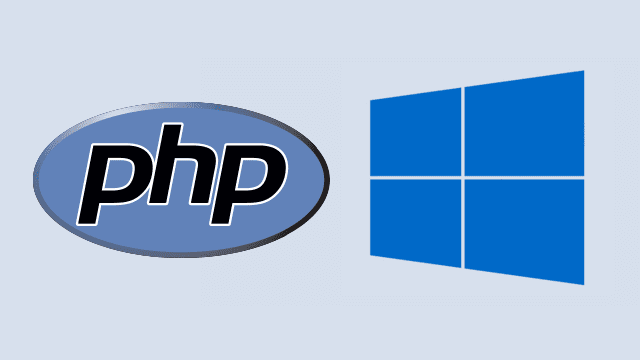Developer Experience with WSL2 for PHP Development on Windows The PHP development Experience Triad Provides a Seamless Developer Experience Improving PHP Development on Windows Improving PHP development on Windows can significantly enhance your productivity and streamline your workflow. While traditionally associated with Unix-based systems,development on Windows has become increasingly popular due to the […]
Developer Experience with WSL2 for PHP Development on Windows
The PHP development Experience Triad Provides a Seamless Developer Experience
Improving PHP Development on Windows

PHP Development on Windows
Improving PHP development on Windows can significantly enhance your productivity and streamline your workflow. While traditionally associated with Unix-based systems,development on Windows has become increasingly popular due to the widespread use of Windows among developers and the advancements in tooling and compatibility. Here’s how you can optimize your development experience on Windows:
- Use WAMP or XAMPP: These are popular stacks that include Apache, MySQL, and PHP bundled together for easy installation and configuration on Windows. They provide a complete environment for development without the need to install and configure each component separately.
- Upgrade to PHP 8: Keeping your PHP version up-to-date ensures you benefit from the latest features, performance improvements, and security enhancements. PHP 8 offers significant performance boosts and introduces several new language features like JIT compilation and union types.
- Leverage Integrated Development Environments (IDEs): IDEs such as Visual Studio Code, PhpStorm, and NetBeans offer robust features like code completion, debugging, and project management tailored for PHP development. They can significantly improve your coding speed and accuracy.
- Utilize Composer: Composer is a dependency manager for PHP that simplifies the process of installing and managing libraries and packages. It’s an essential tool for modern development and works seamlessly on Windows.
The Quest for Native-Like PHP Development Introducing WSL2: Bridging the Gap The Evolution of WSL2
Setting Up Your Development Environment
Enabling WSL2 and Virtual Machine Platform Selecting and Installing a Linux Distribution Configuring System Software for Development Installing Symfony CLI for PHP Applications Adding Symfony Local Web Server
Creating a Development Environment Verifying the Linux Environment Installing Additional Dependencies Setting Up a Database for Symfony Applications Running Symfony Applications
Accessing and Developing with WSL2 Accessing and Managing Files Exploring the Possibilities
Conclusion
WSL2: A Game-Changer for Development on Windows Extending Your Development Environment Towards a Seamless Development Experience on Windows